Ever had one of those days when, no matter how hard you try, every idea you think of is rubbish, and every visual you design is bland and uninspiring?
Don’t worry, it’s happened to all of us, and more times that we’d care to admit. Usually the best thing to do (time permitting) is take a break and give your mind and body a chance to recharge.
But sometimes that doesn’t work, so what else can you do? Here are 8 tried-and-tested ways to climb out of that misery rut and unlock the innate creativity trapped inside your head.
01. Create a moodboard
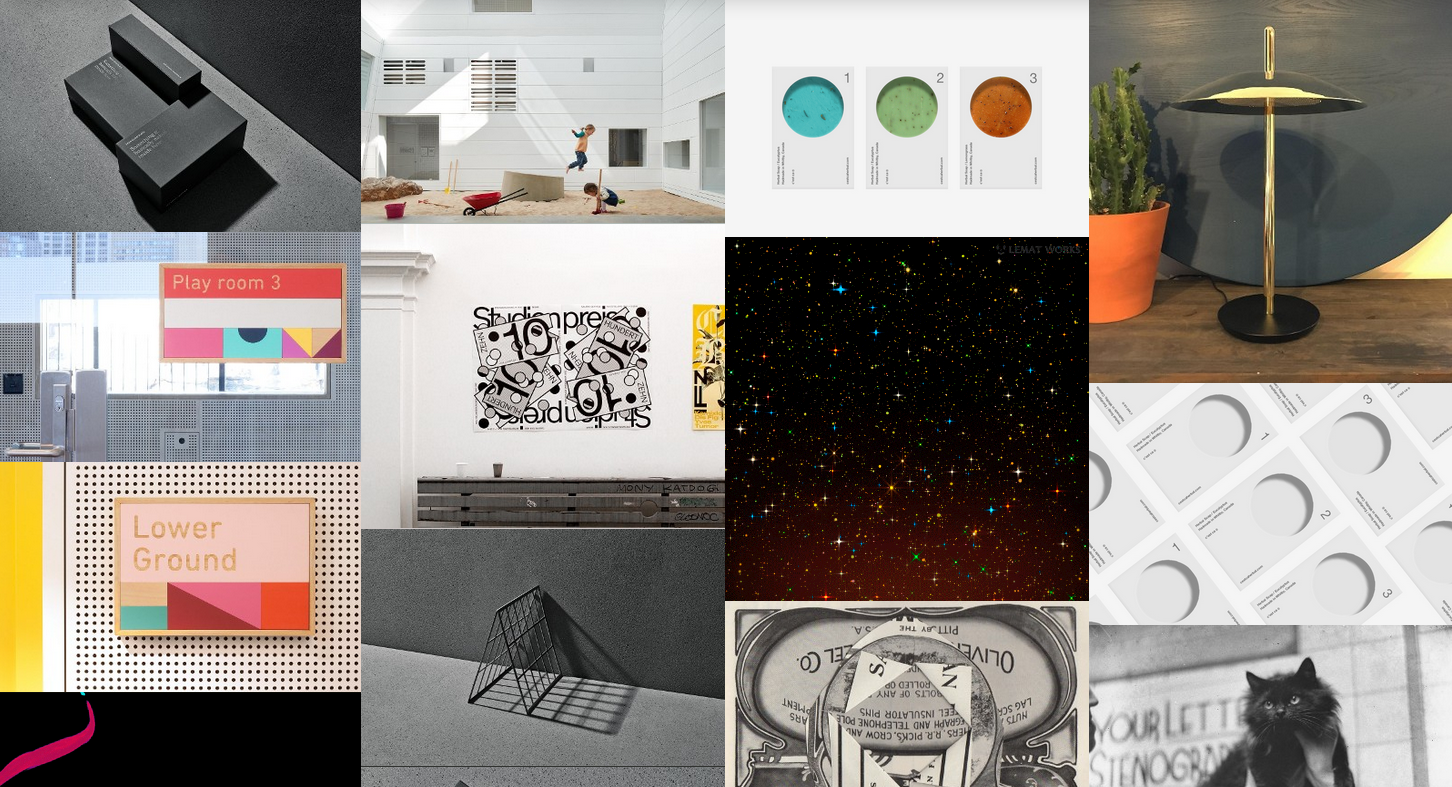
Sometimes it’s difficult to see the wood for the trees: you’re trying to work out the finer details of an illustration/poster design/website/whatever when you actually haven’t nailed the overall tone/themes/aims/ideas you want it to convey. So it’s time to take a step back and settle on this ‘bigger picture’. One way to do this is to create a moodboard: a collection of textures, images and text that symbolise different aspects of your design theme.
This is normally a physical board, to which you attach images printed from your computer, magazine cuttings, photos, beer mats, feathers… anything at all, basically. Alternatively you might prefer to create a digital version using a range of moodboard apps. To learn more about moodboards, read our pro tips for creating moodboards.
02. Talk it out
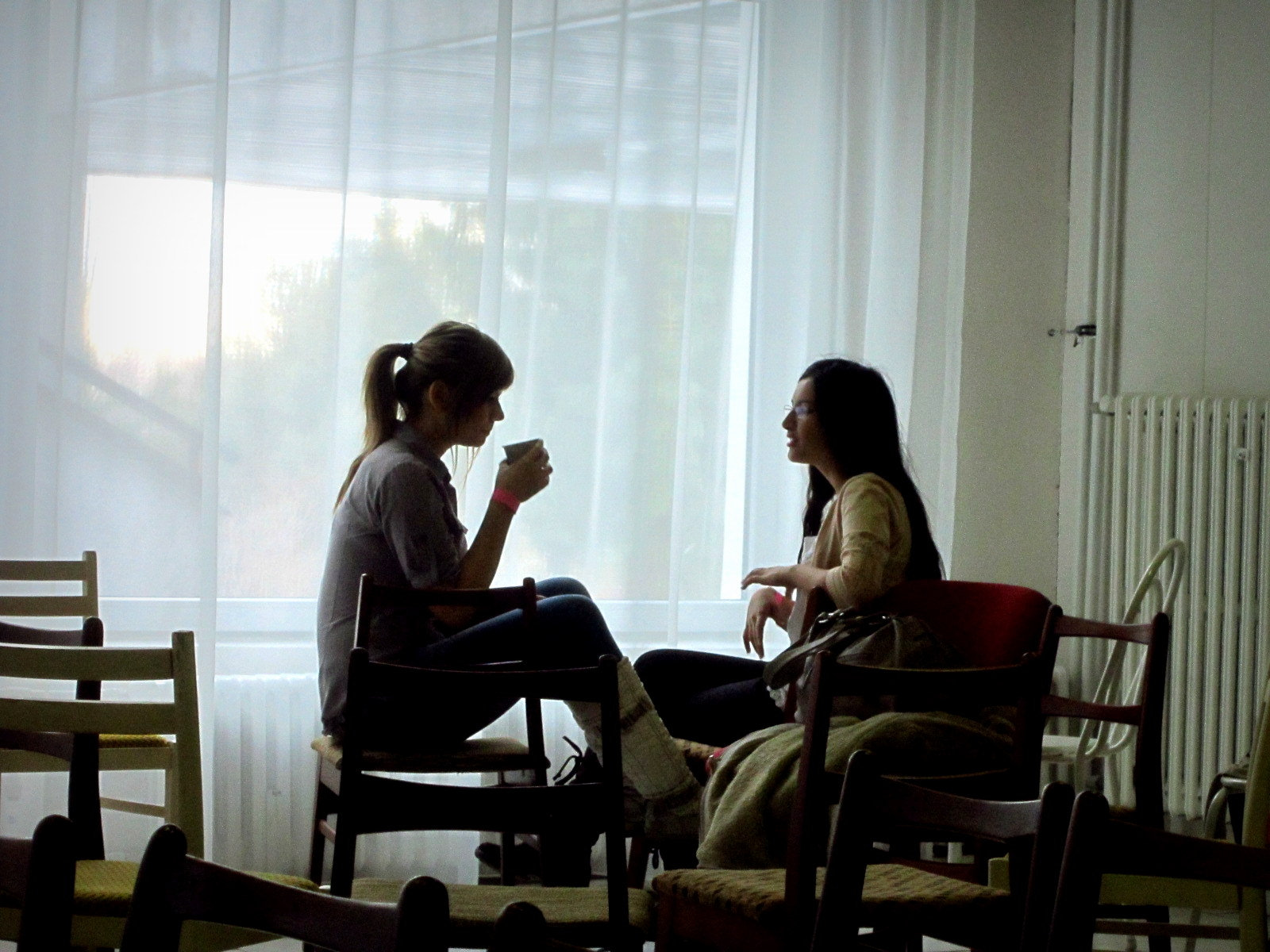
We’ve evolved as social animals, so it’s not surprising how parts of our brains seem to light up when we discuss a problem or challenge with another human being. Why, then, do we spend so much time at our laptops, silently struggling to come up with creative solutions?
The moment you start to explain your struggle to another person, you usually find your creative mind starts to kick into gear… even if the person listening hasn’t the faintest clue what you’re talking about. This became a running joke on hospital TV drama House: despite the main character, Dr House, being a genius, he couldn’t solve a problem without bouncing ideas off his team. Then, when he sacked his team, he ended up going through the same process with his janitor.
The lesson here is that even if you are a genius (and we do think very highly of Creative Bloq readers), it’s always good to talk things out. Sometimes, though, just expressing a problem out loud isn’t enough to solve it. So it may be time to move on to another, more structured form of discussion; namely…
03. Brainstorming

Brainstorming involves discussing a problem in a particularly structured way. Most importantly, participants agree at the outset that ‘There is no such thing as a bad idea’ – whatever you suggest, however outlandish, you won’t be criticised.
This is a great way, of course, of coming up with a long list of terrible ideas. But by suspending the normal constraints that hold back our imaginations, it often leads to some really great ideas too. Find out more about brainstorming by reading our article 7 ways to brainstorm like a creative pro as well as these brainstorming tips.
04. Mindmapping
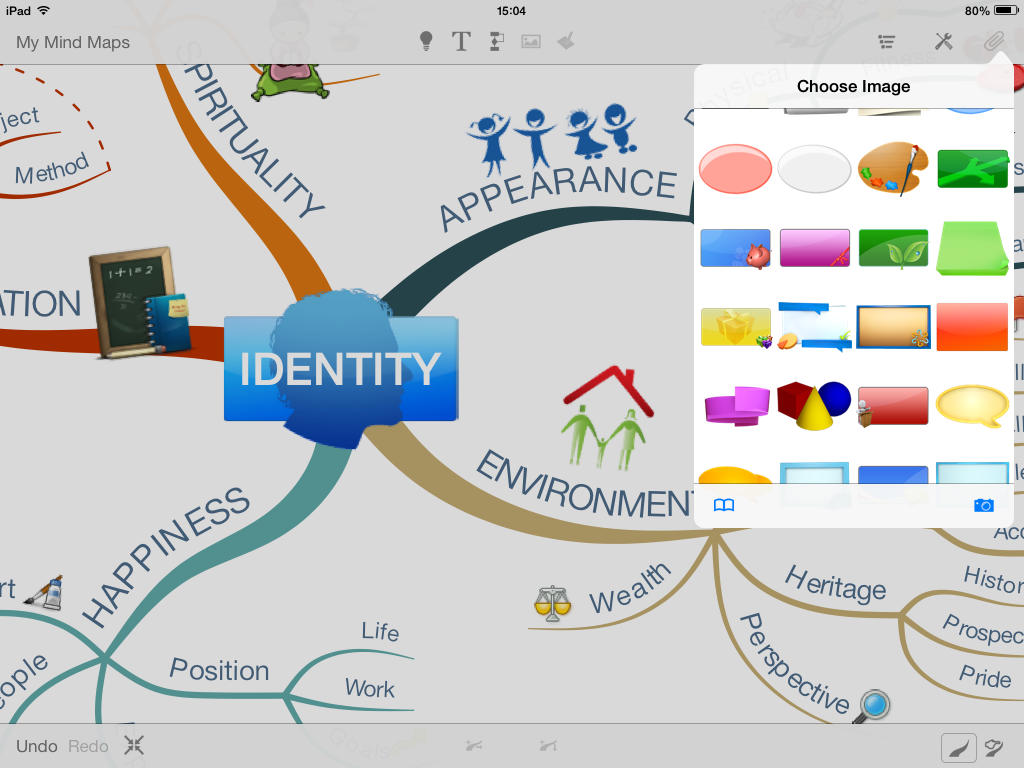
The thoughts that jumble around your head are all connected up in a logical way, but sometimes all you can hear is noise. A mindmap is a way of representing the ideas and concepts you come up with, and how they connect up with each other in a graphical, structured way. By seeing your ideas written down in black and white, it can become much easier to analyse them, critique them, tweak them, and use them to generate new, better ideas. Learn more about mindmapping in this article, and also check out our article on mindmapping tools.
05. Doodling
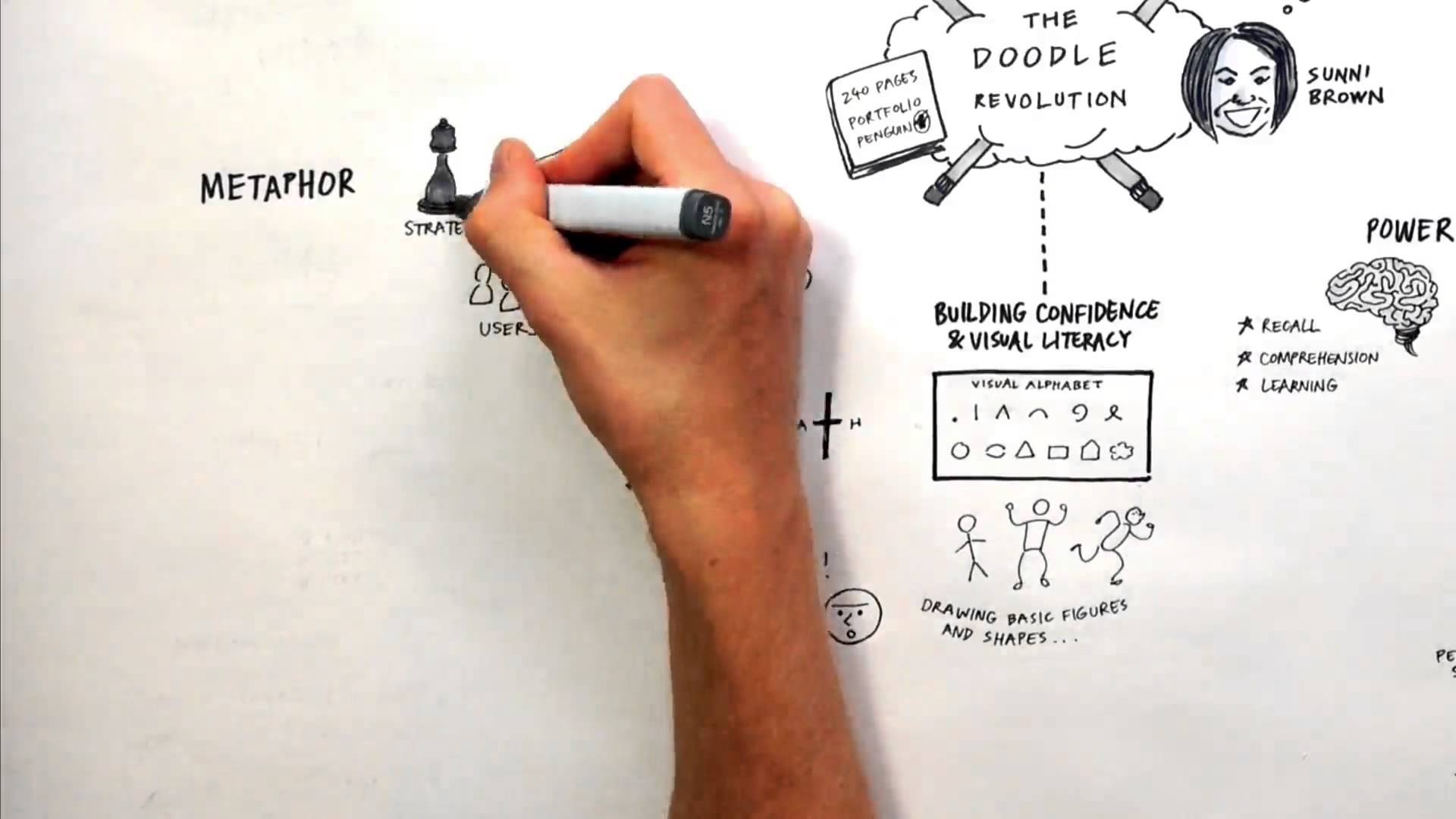
We all remember doodling in class when we were stuck in a boring lesson at school. But doodling isn’t just a way of passing time. By ‘drawing without thinking’, you can often unlock creative ideas that are bubbling away at the corners of your mind. You can learn more about harnessing this process in Sunni Brown’s book The Doodle Revolution: Unlock the Power to Think Differently. Or get a taster by watching this visual summary (essentially a doodle about doodling, if that’s not too meta for you).
06. Music
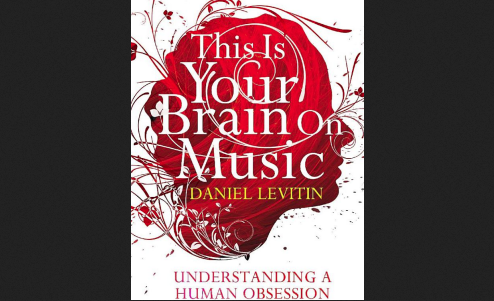
We all know from personal experience that putting on some kick-ass music is a tried-and-tested way to put yourself in the right mood to be creative. And it seems there’s neuroscientific evidence for this phenomenon too, according to Daniel J. Levitin, author of This Is Your Brain On Music. Apparently, when our brains process a song, it activates our default-mode network, which is associated with the ‘mind-wandering’ mode that’s connected with creativity (you can read more about the theory here). So whether it’s Mozart or Motorhead, crank up your speakers and get those creative energies pumping.
07. Lucid dreaming

Lucid dreaming is, quite simply, a form of dreaming where you know you’re awake and can control the dream. With your brain unencumbered by anything besides routine physical tasks like breathing, you can use its full powers for generating imaginative and creative ideas. It might sound a bit ‘out there’ but it’s a well established, mainstream technique that really does work.
This video from AsapScience provides a basic introduction to get you started with lucid dreaming, while there are more detailed articles about the phenomenon in the links below the video, and a handy lucid dreaming FAQ here.
08. Ask: what would Sagmeister do?

One of the most popular bumper stickers on American cars in the 1990s was: “What would Jesus do?” The idea was that Christians struggling with complex moral dilemmas could come to a clear decision by considering how their saviour would respond. The same principle can be applied to other aspects of life, even design work.
Think of a designer (famous or otherwise) that you know and admire. Then close your eyes, and ask yourself how they would approach the task you’re facing. You’ll be surprised how quickly a mental image of a finished design can appear. If you’re struggling to think of someone to inspire you, then check out this list of famous designers’ portfolios.


